Leading Through Worship and Hardship
 Rachel Berry
Rachel Berry

 Rachel Berry
Rachel Berry
 Rachel Berry
Rachel Berry
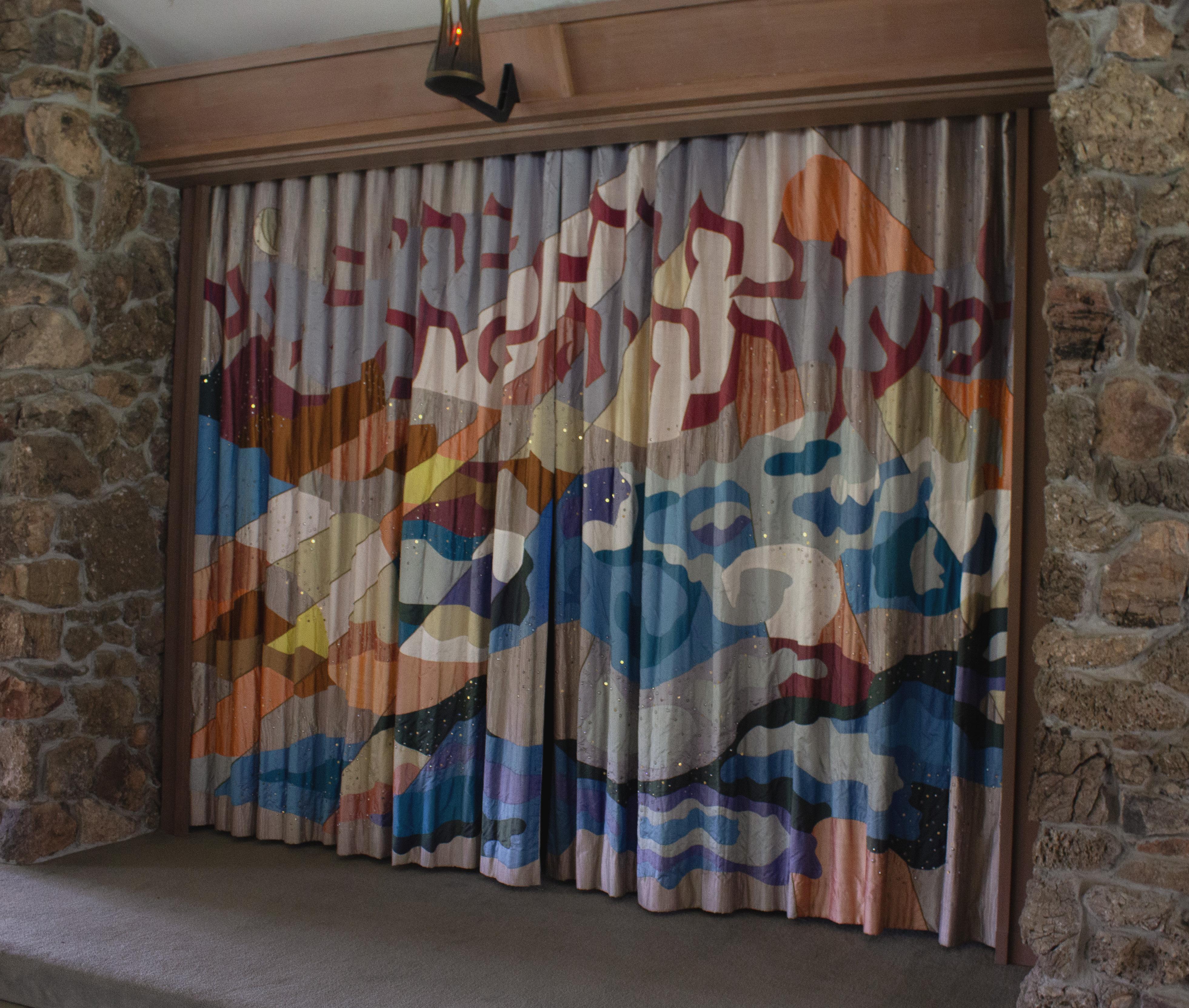
To my loving family.
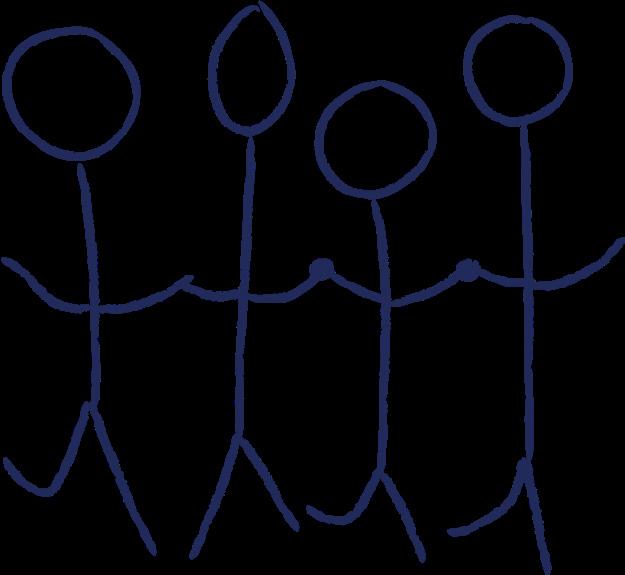



Iwould first like to thank Mr. Greco, for his guidance throughout the process of writing my English essay. His insight made my writing better, and this assignment pushed me to grow beyond what I thought I would be able to do. I would also like to thank Cantor Jaime Shpall, for agreeing to be my subject and offering such fantastic stories, knowledge, and humor, as well as beautiful photographs. Finally, I thank my parents, for their constant love and support.


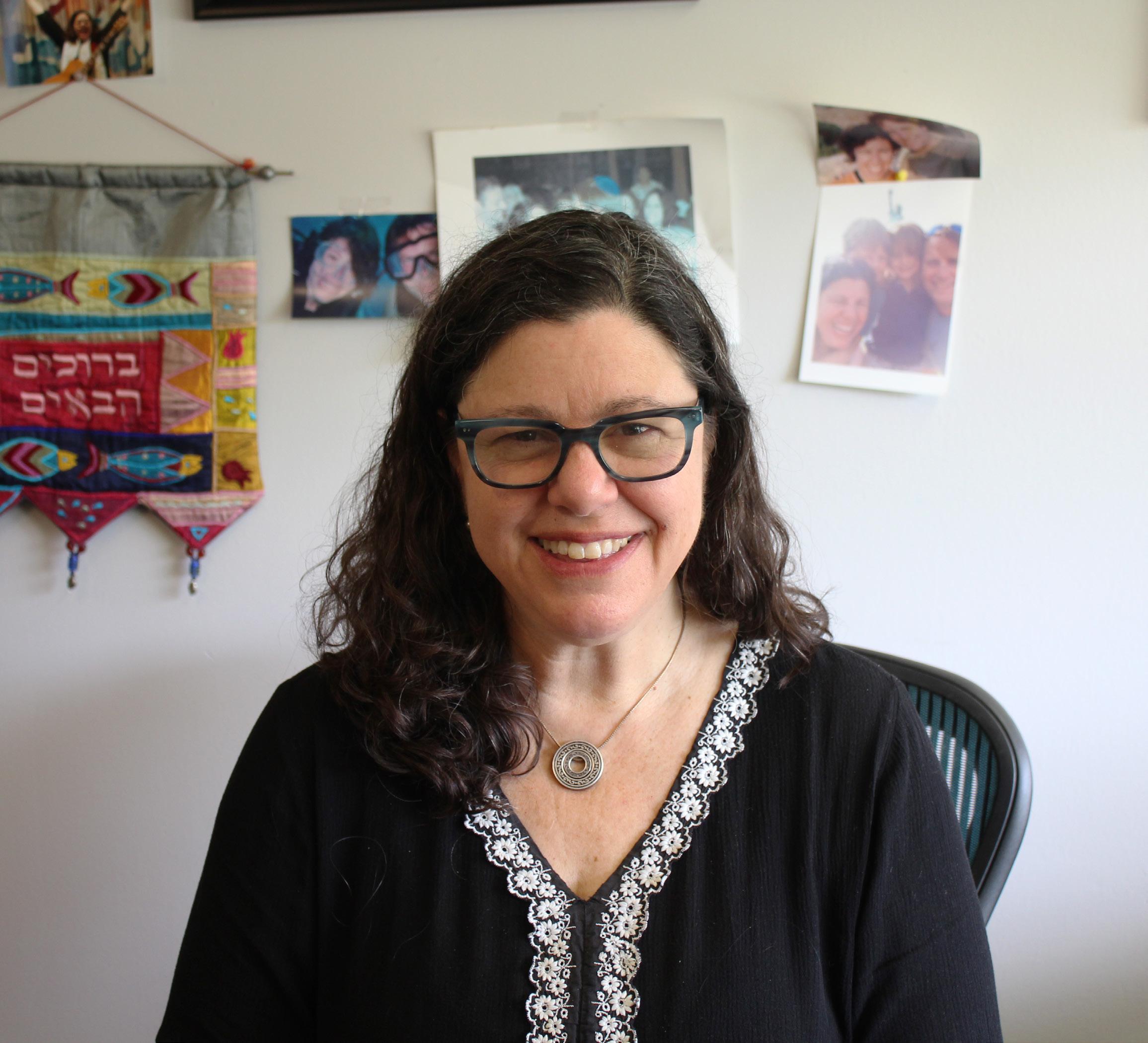
When this project was first introduced in English class, I had a few concerns. I was at a loss about what topic I wanted to research and who I would interview. However, as I tried to think about what was important to me and has had an impact on my life, it occurred to me that Judaism has had a substantial impact on my life, whether that be in the form of attending services for Shabbat or hosting big family dinners on Jewish holidays. It has given me a community that I can turn to and memories with some of my closest friends, our first connection to each other being Judaism. Having experienced first-hand Cantor
Jaime’s care and significance in the process of studying and preparing for my own bat mitzvah several years ago, I figured she would be the perfect person to interview, offering important insight into why having a strong community is so important as a Jew, especially as cases of antisemitism in the US have been on the rise.
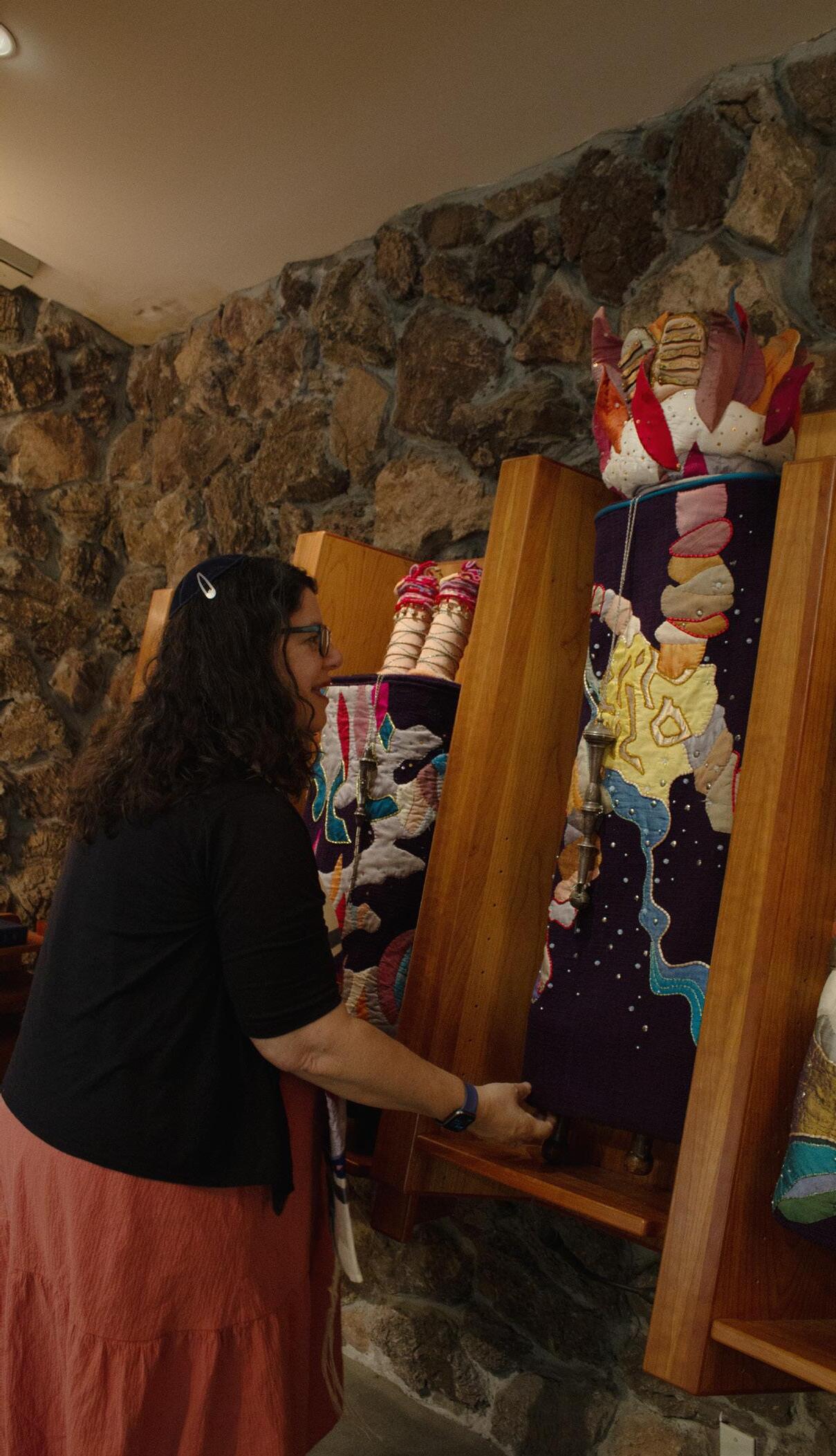

As Cantor Jaime Shpall enters the beit kehillah, the community r oom, an aura of peace radiates through the room. Her wide, lively smile and laugh accompany th is peace, inviting her students to look up to her, seeking guidance.
The room, used for miscellaneous meet ups and teen group meetin gs, has been converted into a temporary classroom, filled with 13-year-olds studying for thei r bar and bat mitzvahs, a significant course of Jewish study in which they are called to read from the Torah (Old Testament) for the first time as Jewish adults. Cantor Shpall supports them every step of the way, reco rding herself singing Torah portions for students to listen to, correcting mispronunciations, and adjust ing wrong notes. She is not alone. A team of Madrichim, teens who have already had their b’nai mitzvahs and have come back to help, are there to support the students as well.
Shpall has a special bond with every student, shown in her pers onal knowledge of their family and their interests, as well as her passing “hellos” and “how are y ous”. The room is mostly quiet, as students listen to Shpall’s voice singing pre-recorded prayers through h eadphones. Throughout the entire six-month process, her voice is literally in their ear, guiding them and teaching them.

aime Shpall is an extremely warm, welcoming woman who fosters a strong sense of community in her synagogue, especially in the face of hardship. As the cantor at Congregation Beth Am, in Los Altos Hills, California, her job is rigorous yet rewarding, with a six-day work week and a variety of roles and tasks. Her work takes her to hospitals and funerals, visiting with those who have experienced loss and suffering, and to classrooms, helping preeteens prepare for the day of their bar or bat mitzvah. She is also seen weekly at Friday evening and Saturday morning Shabbat services, singing prayers, playing guitar, and leading the congregation. Guided by some of the most important Jewish values of joy, gratitude, and open-heartedness, Shpall leads Congregation Beth Am, both through worship and hardship. As cases of antisemitism across the world rise, Cantor Shpall is a constant leader in her community, supporting, teaching, and leading with love.
Being a Cantor is not a job everyone can do, but Shpall makes it look easy. Her weekday mornings are taken up by meetings of all sorts. Sometimes she has meetings over coffee, other times she meets with the Rabbis to discuss the calendar and their upcoming services. There are also those in need whom she supports. People in the hospital are greeted by her warm smile and kind words as she offers them blessings of healing and strength. Families who have recently
experienced a death are helped through the heavy process with Shpall at their side, as she guides them and offers them a hand to help them get through their grief. Finally, her afternoons are taken by the bar and bat mitzvah students of Beth Am. On their big day, they lead prayers, songs, and recite the portion of the Torah they have been practicing for months.
However, throughout this process, Shpall is there every step of the way.
Recordings of the cantor singing every single prayer they have to learn are given to each student. They will listen to her crystal clear voice over and over again, repeating each line after her, until they know it by heart.
one to open up to vulnerability and transformation.
Although all parts of her job are important, she says her favorite is working with the B’nai Mitzvah students, watching them learn and grow, and getting to hear them recite their Torah portion when the time comes.
“I like being able to help them... It brings me so much happiness.” (Shpall)
“When you’re at that age, there’s a real sort of tenderness,” Shpall says. This tenderness comes from the huge changes that happen during the teenage years, the decisive moments that shape who one is and allow
Thirteen years old can be a difficult time of transition for everyone, with hormonal changes, mental changes, and emotional changes. That is one reason having a bar or bat mitzvah can be so special. It shows commitment, growth, and social awareness, despite such drastic changes in every aspect of one’s life. Shpall notes that times of transition are important in Judaism, with the Sabbath starting at sundown, the transition from day to night.
In addition to being important in Judaism, times of transition are important in a person’s life. “I think… when people are their most awkward or most vulnerable,
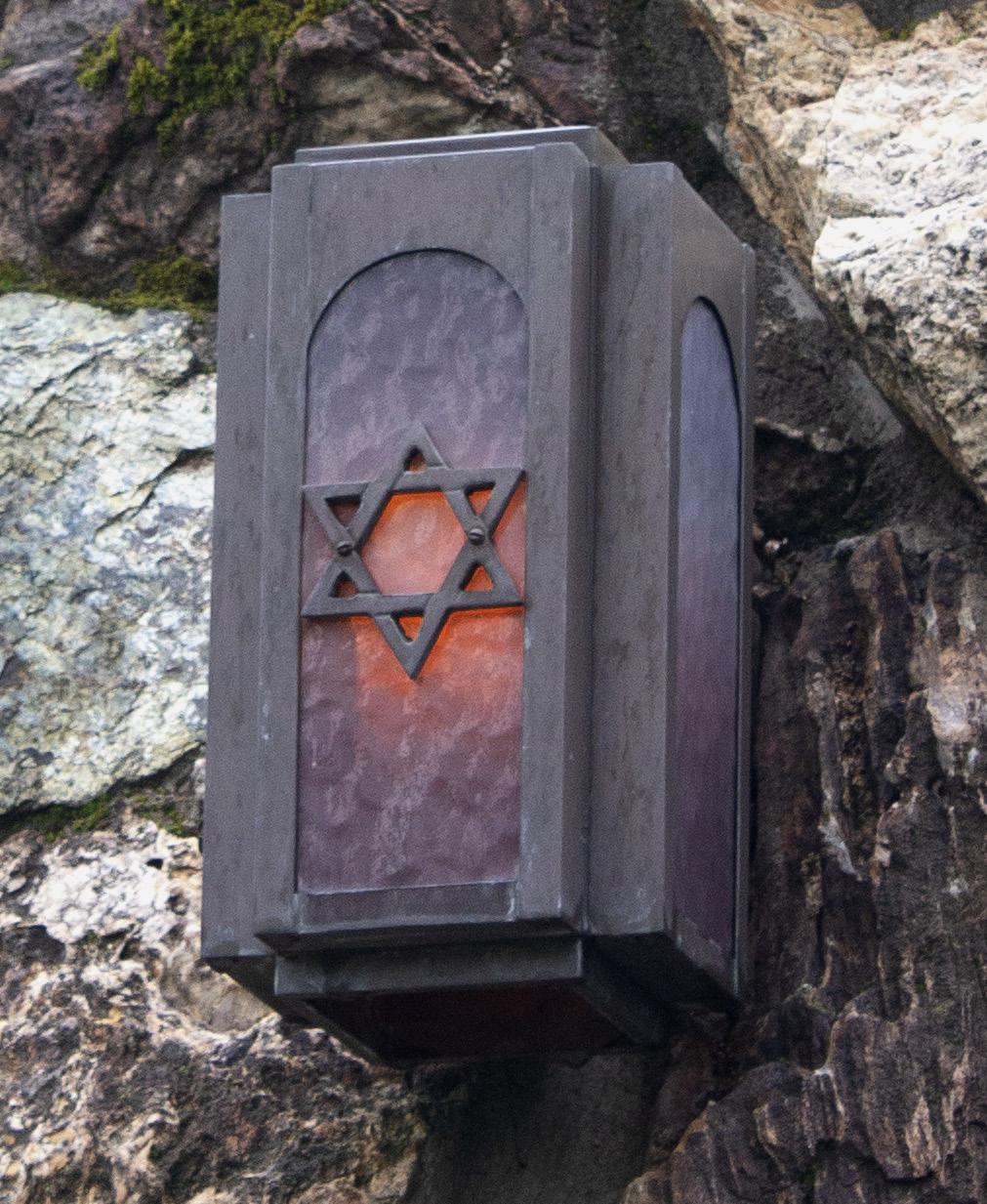
that is also when they’re able to be their most self-person. And I like being able to help them, I like to help [them] as [they’re] going through that. It brings me so much happiness” (Shpall).


The happiness that is brought to her by the Beth Am community is received by the community as well. Rabbi Sarah Weissman, who has worked at Beth Am for fifteen years and has known Cantor Shpall since she started working there nine years ago, works with Shpall during some of the bar and bat mitzvah services, as well as weekly Shabbat services.
As both coworkers and close friends, she notices that “[Jaime] especially is very loving of our B’nai Mitzvah students… we always bless the students with some private words and every single student she, you know, tells them that she loves them and she really means it” (Weissman).
As much as she loves her job, Shpall didn’t always know that she wanted to become a Cantor. In fact,

she says that she “didn’t… really realize that women could be cantors at the time” (Shpall). She began her life wanting to be President of the United States, then a veterinarian. As she started thinking more seriously about her career, she thought that a therapist might be the right fit, because she liked helping people discover who they are.
But finally, while working at a summer camp as a counselor with her friends, two representatives from Hebrew Union College came looking to recruit students. Originally, Shpall was not paying much attention to the announcement, “but then they did say that there was going to be a meeting for people who graduated from college, which I had just. And there would be pie from Marie Calendar’s. And I was like, ‘Pie? What?’” (Shpall). Although Shpall may have been motivated by the free pie, that meeting was the moment she realized that being a cantor would be the great fit for her. Reflecting on her childhood, she also noted that
“I know that I do the right thing as a cantor because as a kid, you know, it was the music of the service that transported me” (Shpall).
Shpall now creates the music that transported her as a kid, with her guitar accompaniment and powerful voice, giving her the opportunity to help congregants and listeners make spiritual connections. If a congregant feels a sense of connection while singing prayers or hearing Shpall’s melody even for a moment, that will have made her career worthwhile.


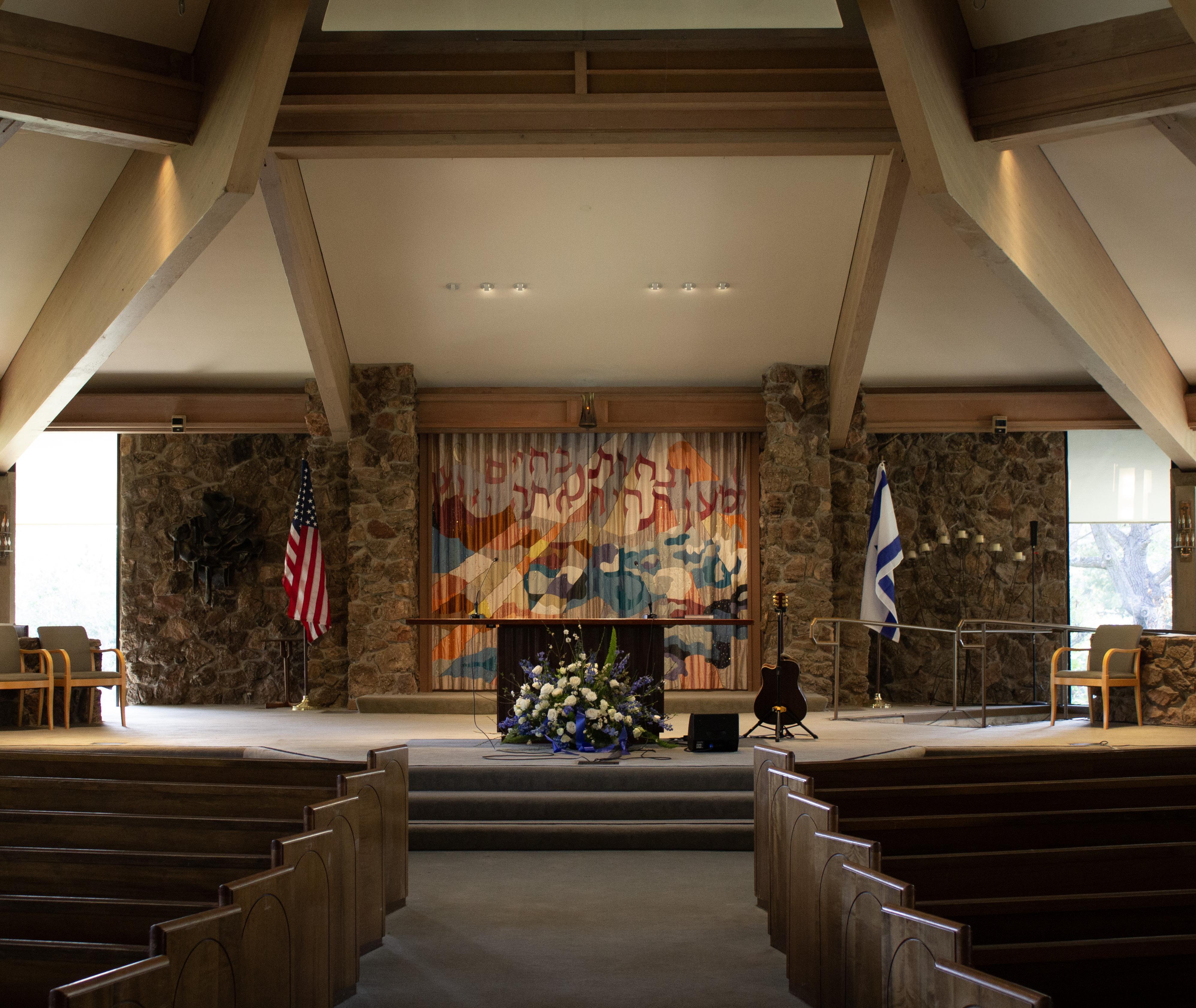
In her position as cantor, Shpall not only leads her community in worship, but also through hardship experienced by the Jewish community. Antisemitism, hatred of Jewish individuals, groups, or facilities (“Defining Anti-Semitism”), has been steadily on the rise in the US since before 2013 (Richter). However, according to the Anti-Defamation League, a worldwide anti-hate organization that fights antisemitism, extremism, and bigotry, there has been a 337 percent increase in instances of antisemitism in the United States specifically in the period from October 7th (the day Hamas attacked Israel) to December 7th, compared to the same time period in 2022 (“ADL Reports Unprecedented Rise in Antisemitic Incidents”).
Rabbi Weissman notes, referring to the Beth Am community, that “it certainly has affected all of us. I think there’s a lot of fear and sadness and anger after October 7th” (Weissman).
Congregation Beth Am itself has directly experienced the effects of rising antisemitism in the US. Closely following October 7th, Beth Am received a bomb threat during Shabbat services. Everyone in the building had to be evacuated to the parking lot as police were called to ensure the synagogue was safe. In the end, the all-clear was given, but any threat against a Jewish place of worship is frightening for both congregants and clergy.
And yet, despite the threat, Shpall tells of how she, her husband, and her coworker went back inside the building to package food that was waiting to be eaten after the service. They saved all the remaining
food and bonded over the experience. Shpall was able to make the best of the situation—even though they had just experienced something incredibly distressing, she was still able to have fun with her friends. This is just one example of how Cantor Shpall is able to give strength to her community in the face of hate and fear.
This rise in antisemitism has also been incredibly frightening for Jewish Americans across the US, as synagogues, schools, and workplaces have been targets of antisemitism, in the forms of physical assault, verbal and written harassment, and vandalism.
of protestors crowded outside the building, eventually breaking a window and door in order to get in the building (Garcia et al). The fact that property was damaged and multiple students reported being fearful and experiencing physical assault is a reminder that Jews in America do not feel safe.
And yet, times of crisis make communities all the more important. Shpall has noted that in all of her times of need, the Jewish community has been there for her, to support her and strengthen her.
“There has been a 337 percent increase in instances of antisemitism in the United States.” (ADL)
Another close-tohome instance of antisemitism occurred on February 26th on the campus of UC Berkeley. A Jewish, studentled group was meant to host a speaker who was a former member of the Israeli Defensive Forces. However, shortly before the event began, a pro-Palestinian group
Turning to Judaism and the Jewish community can help others also feel less alone in times of uncertainty. According to the American Psychological Association, “Religion and belief are now seen by many researchers and clinicians as an important way to cope with trauma and distress thanks to research over the last three decades.”
Beth Am, Cantor Shpall is someone congregants are looking towards in such a time as a leader and role model. By leading, singing, and playing guitar at services every week, Shpall is a familiar face that all congregants can find comforting and easy to talk to. For this, Shpall is making an impact every day, simply by being there for her community. The synagogue has also implemented a discussion group before services to give people a safe space to talk about how they are feeling about Israel, as well as holding vigils for those who have family members in Israel who lost their lives. Cantor Shpall has been a part of these vigils, as well as going to demonstrations with the congregation to show support for Israel.

Shpall recognizes how important the Jewish community has been to her throughout her life, showing the importance of the Jewish community to
Jews all across the world, especially right now. “I have felt most connected when I’ve needed the community the most, [including] when I lost my parents… All of the important times in my life… my community sort of rose up around me and held me” (Shpall). This is a time when the Jewish community needs each other the most, which is why the work that Cantor Shpall does is all the more important.
The Torah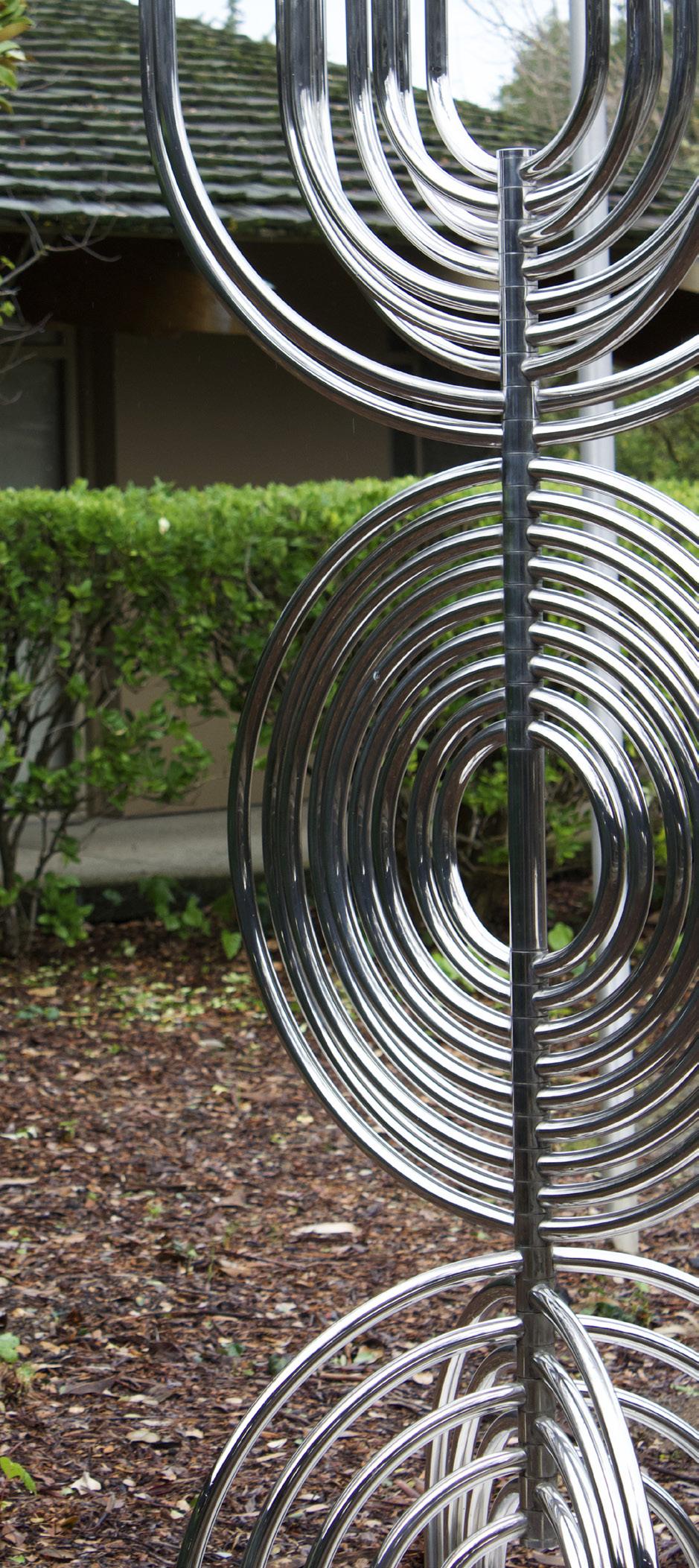
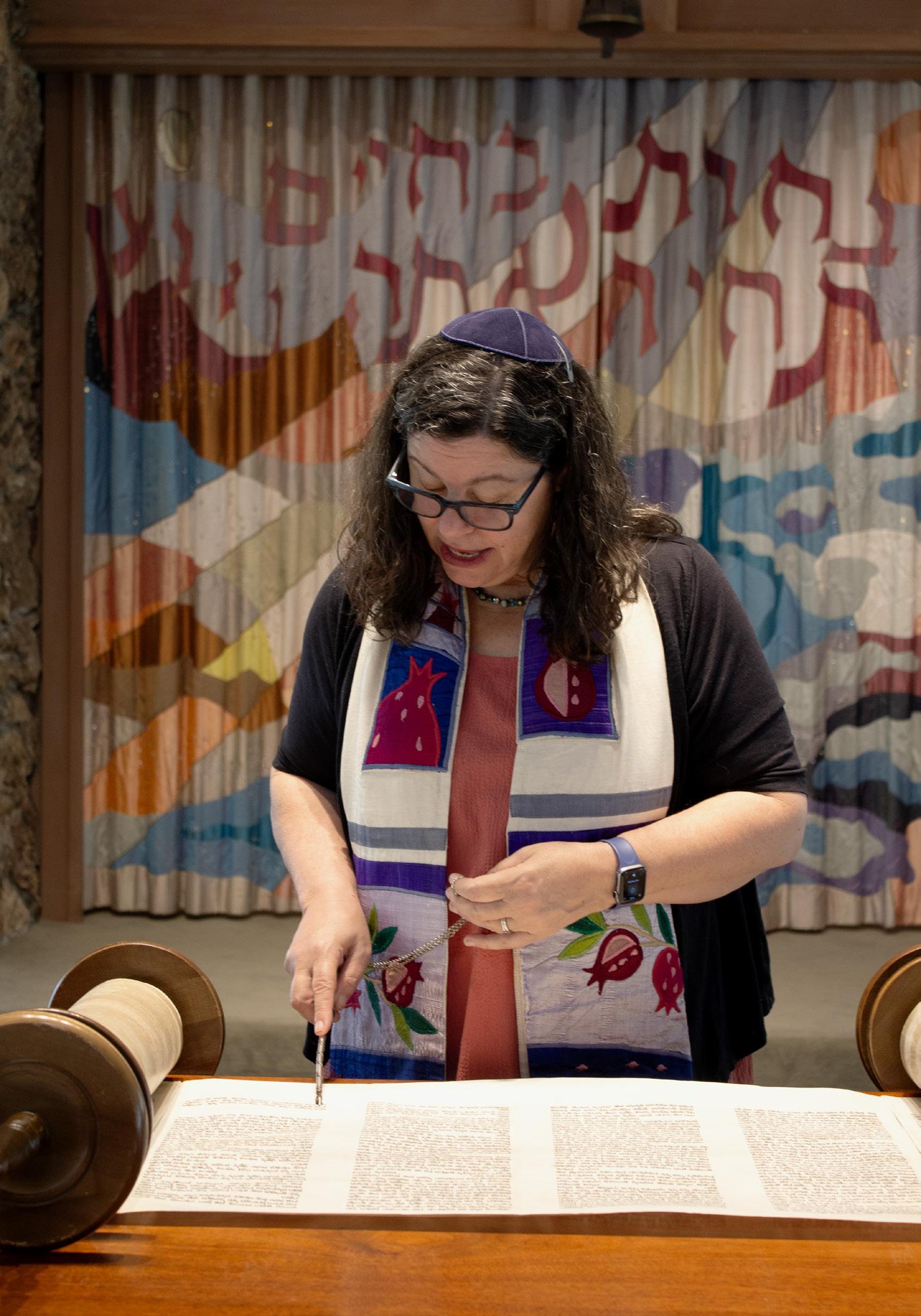 Statue at Beth Am
Shpall reading Torah
Statue at Beth Am
Shpall reading Torah
As she continues to work as a cantor, Shpall looks forward to wa tching students go through the b’nai mitzvah process. In fact, for every bar or bat mitzvah, s he writes the date in a book next to the portion of the Torah they recited. As she continues teaching, s he expects to look back on her books, remembering her past students and keeping up with what they do now. As her new students receive portions that previous students recited, Shpall wants to teach her students h ow the older ones are doing in the present day.
“You have the same Torah portion as Rachel Berry. She’s 30 now. You obviously know her. She’s our senator, right?... That kind of thing,” (Shpall). Teaching new students about old students will be a way for Shpall to keep track of the differences she has made in her community: how man y students she has taught and impacted, and how many more are yet to come.
“I just see myself continuing to be part of…what we do, this co mmunity, you know, and it’ll grow and change and who knows how many b’nai mitzvah will be celebrated in the future.”

“ADL Reports Unprecedented Rise in Antisemitic Incidents Post-Oct. 7.” Anti-Def amation League, 11 Dec. 2023, www.adl.org/resources/press-release/ adl-reports-unprecedented-rise-antisemitic-incidents-post-oct-7.
“Defining Anti-Semitism.” U.S. Department of State, U.S. Department of State, 8 June 2010, 2009-2017.state.gov/j/drl/rls/fs/2010/122352.htm?_ gl=1%2A1ve15li%2A_gcl_au%2AMjExNDAxMjIxMS4xNzEwMTI1Nzg3.
Richter, Felix. “U.S. Sees Worrying Rise in Antisemitic Incidents.” Statista, Statista Inc., 25 Oct 2022, https://www.statista.com/chart/9128/ anti-semitic-incidents-are-surging-in-the-us/
Shapll, Jaime. Personal interview. 1 February 2024
Garcia, Karen et al. “Violent Protest at UC Berkeley Triggers Federal Investigation into Alleged Discrimination.” Los Angeles Times, Los Angeles Times, 11 Mar. 2024, www.latimes.com/california/story/2024-03-11/uc-berk ley-is-being-investigated-by-the-feds-for-alleged-discrimination.
Weissman, Sarah. Personal interview. 6 March 2024


Rachel Berry is a junior at Mountain View High School and a design student at Freestyle Academy. In her spare time, she enjoys reading, watching movies, listening to music, and thrifting. She also loves spending time with her friends, family, and her dog, Gordy.

